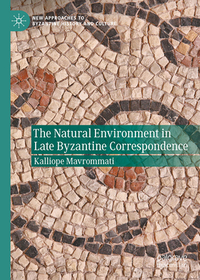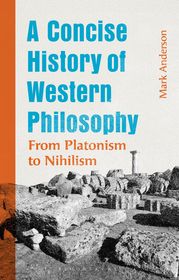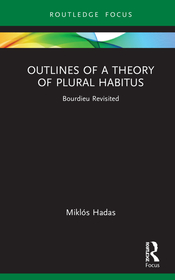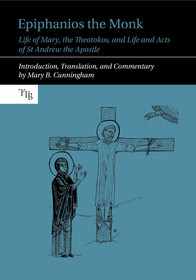
The Natural Environment in Late Byzantine Correspondence
Series: New Approaches to Byzantine History and Culture;
- Publisher's listprice EUR 149.79
-
62 125 Ft (59 167 Ft + 5% VAT)
The price is estimated because at the time of ordering we do not know what conversion rates will apply to HUF / product currency when the book arrives. In case HUF is weaker, the price increases slightly, in case HUF is stronger, the price goes lower slightly.
- Discount 12% (cc. 7 455 Ft off)
- Discounted price 54 670 Ft (52 067 Ft + 5% VAT)
Subcribe now and take benefit of a favourable price.
Subscribe
62 125 Ft

Availability
Not yet published.
Why don't you give exact delivery time?
Delivery time is estimated on our previous experiences. We give estimations only, because we order from outside Hungary, and the delivery time mainly depends on how quickly the publisher supplies the book. Faster or slower deliveries both happen, but we do our best to supply as quickly as possible.
Product details:
- Edition number 2024
- Publisher Springer Nature Switzerland
- Date of Publication 11 October 2025
- Number of Volumes 2 pieces, Book
- ISBN 9783031661778
- Binding Unidentified
- No. of pages544 pages
- Size 210x148 mm
- Language English
- Illustrations XXX, 544 p. 4 illus., 3 illus. in color. In 2 volumes, not available separately. Illustrations, color 700
Categories
Long description:
This book investigates environmental issues traced through the epistolography of the late Byzantine period, which spans roughly the end of the twelfth century to the mid-fifteenth century. The book's overarching goal is to shed light on the complex ways in which the Byzantines conceptualised their connection to the natural world, both in broad strokes and in finer granularity, and to provide a general understanding of societal dependence on the environment. It offers further details of this relationship by drawing on a wide variety of literary sources, as well as archaeological and environmental data.
MoreTable of Contents:
Part I: Natural and Human Settings: Introductions.- Chapter 1: Environmental history and Byzantine Studies.- Chapter 2: Mediterranean ecosystems, natural resources, and agricultural tradition.- Chapter 3: The philosophical and rhetorical tradition.- Chapter 4: The annual cycle as an axis of human activity.- Chapter 5: Politics, economy and environment from the Middle to the Late Byzantine period.- Part II: Environment, Settlement, and Landscapes.- Chapter 6: The Land.- Chapter 7: Air and Water.- Chapter 8: Woodlands.- Part III: Meteorological and seismic phenomena.- Chapter 9: From the Medieval Warm Period to The Little Ice Age.- Chapter 10: Tempests, pirates, and a changing climate.- Part IV: Beasts.- Chapter 11: Approaches to the alogos cosmos.- Chapter 12: Details of daily life.- Chapter 13: Final Remark: The natural environment in the Byzantine Correspondence.
More






